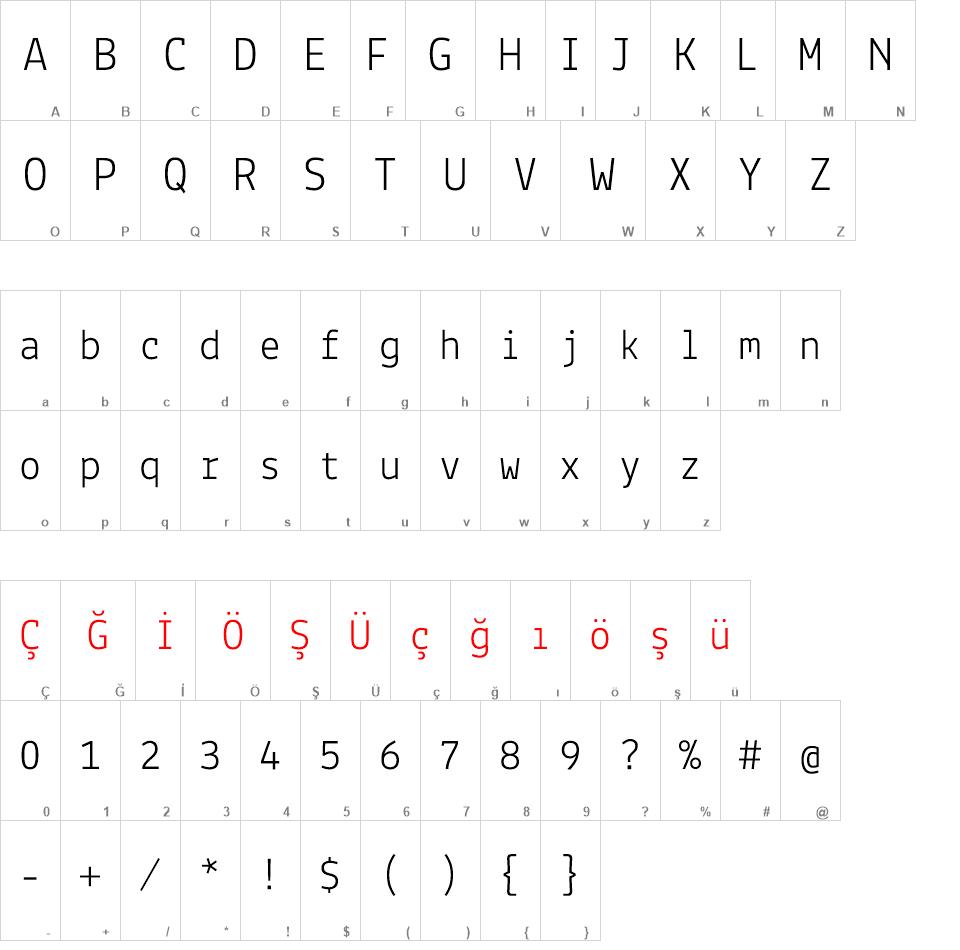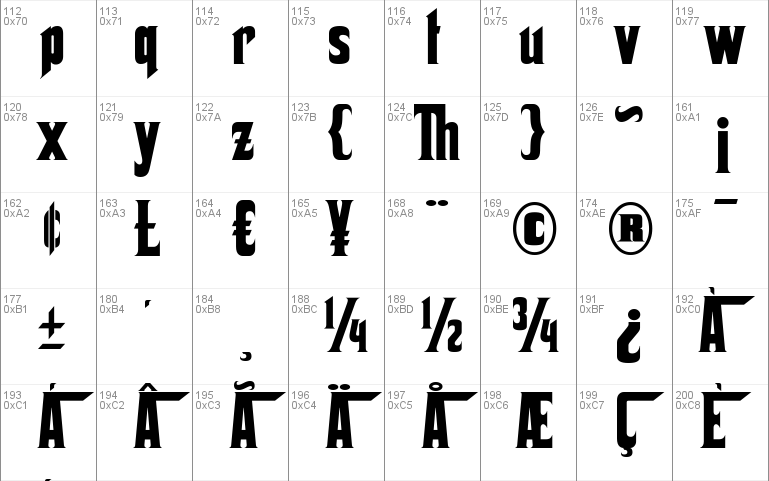

He did state that the soundtrack was "rich and interesting, without, except for one cut (the vocal by Al Martino), being at all typed." He felt the "Main Title" was the best track on the album because: "It is at once chilling and plaintive and nostalgic, but it also evokes the humanity of The Godfather, gives the image of a man instead of a ruthless monster, which is a brilliant composition." Barsocchini wrote that "The Halls of Fear" explored the concept of fear well in an a-melodramatic way.
NAME THE GODFATHER FONT MOVIE
He elaborated on the soundtrack stating it was "extremely evocative" and that it kept with the time period the movie was set. Peter Barsocchini who wrote for The Times wrote that The Godfather soundtrack was able to stand on its own. Harry Haun of The Tennessean described Rota's score as "baleful," but felt it kept with the pace of the movie well. The Journal and Courier's Bernard Drew felt Rota's musical pieces were haunting and "bridged gaps and served as a reminder of how things were." He closed by saying the music showed Italian influence and had a natural progression. of the Daily News–Post felt Rota's titular theme was why The Godfather was "close to being the perfect American film." He continued by stating Rota broke from his "usual lush string tour de force." He felt the music was "meaningful and involving," while the use of cello and cornet solos demonstrated the isolation and insulation of the Corleone family. Laffler wrote that the "Main Title" was a "haunting piece of music which generates nostalgic longing for things past and a foreboding underlying theme." He felt that the soundtrack grows on the listener with each play and predicted it would become one of the biggest sellers in the calendar year. The United Press International's William D. The soundtrack was well received by music critics.
NAME THE GODFATHER FONT PROFESSIONAL
Reception Professional ratings Review scores There were 29 recordings of Nino Rota's music on the market by April 1972, specifically the songs recorded were "The Godfather Waltz", "Speak Softly Love," and "Love Theme from The Godfather." It was expected more recordings would be hitting the market as the year went on. The album contains over 31 minutes of music coming from the film, with most being composed by Rota, along with a song from Coppola and one by Johnny Farrow and Marty Symes. There was a soundtrack released for the film in 1972 in vinyl form by Paramount Records, on CD in 1991 by Geffen Records, and digitally by Geffen on August 18, 2005. There are nine instances within the film where incidental music can be heard, including C'è la luna mezzo mare and Cherubino's aria, Non so più cosa son from Le Nozze di Figaro. Coppola's father, Carmine, created some additional music for the film, particularly the music played by the band during the opening wedding scene. Coppola believed that Rota's musical piece gave the film even more of an Italian feel. Paramount executive Evans found the score to be too "highbrow" and did not want to use it however, it was used after Coppola managed to get Evans to agree.

Rota also based the piece Main Theme (The Godfather Waltz) off the opening melody of Jean Sibelius' Symphony No. Scott Cain of The Atlanta Journal and Constitution reacted to Rota's work with the movie's score by saying that regardless of how the movie turned out, "it will be worthwhile just for Rota's contributions." Rota synthesized new music for the film and took some parts from his 1958 Fortunella film score, in order to create an Italian feel and evoke the tragic film's themes.

For the score, Rota was to relate to the situations and characters in the film. In October 1971, Coppola flew to Rome with a copy of the film to give Rota to view and create the score accordingly. Coppola hired Italian composer Nino Rota to create the underscore for the film, including the main theme, " Speak Softly, Love".


 0 kommentar(er)
0 kommentar(er)
